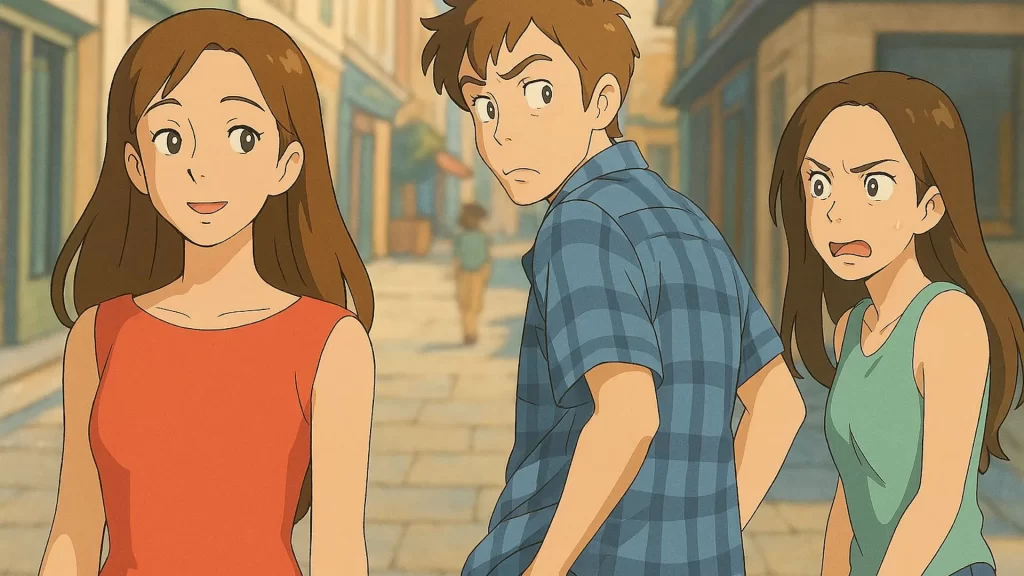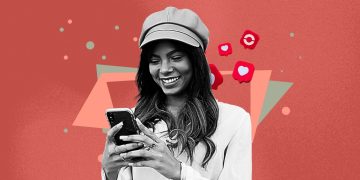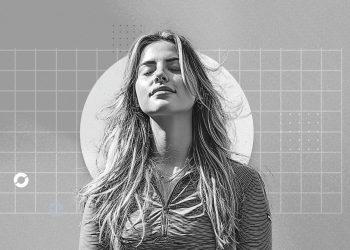Once a niche curiosity, AI-generated imagery is now a cultural phenomenon. What started as text prompts turning into quirky avatars has evolved into something bigger: a movement redefining creativity, authorship, and aesthetics in the digital age. And nowhere was this more visible than in the recent Ghibli-fication craze.
From family portraits to historical events, people across the internet began turning everything into dreamy, anime-style visuals, thanks to the latest release from OpenAI. But while the results were undeniably captivating, the trend quickly ignited a heated debate: where do we draw the line between inspiration and imitation?
The aesthetic uprising: when art goes viral (and virtual)
The visual web has always thrived on trends, VSCO filters, vaporwave edits, TikTok capcut templates, but AI tools are reshaping not just how content is made, but who gets to make it. With image generators like OpenAI’s latest model, anyone with a few words and a screen can craft cinematic artwork, stylized portraits, or nostalgic dreamscapes.
This democratization of visual storytelling is both exciting and disruptive. We are witnessing a shift from creator to curator, from craftsmanship to co-piloting with machines.
The style controversy: who owns a look?
The viral success of Ghibli-style AI art raised an uncomfortable question: can a visual style be stolen? While legal experts say style isn’t protected under copyright law, the emotional outcry tells a different story. Fans of Studio Ghibli, and even co-founder Hayao Miyazaki, pushed back against what they saw as a soulless imitation of deeply personal art.
And yet, proponents of AI argue that mimicking a style isn’t theft, it’s tribute. They see AI not as an art thief, but as a gateway: a tool that allows more people to explore, play, and express through familiar aesthetics.
Creativity without gatekeepers – win or burden?
Sam Altman, OpenAI’s CEO, recently defended the image boom, calling it a “net win” for society. He argued that generative tools lower barriers to creativity, making visual expression accessible to millions who otherwise lacked training or resources.
Taste still matters: why curation is the new creation
In a world where anyone can generate art, the differentiator becomes not just what you make, but how you choose to make it. While AI can mimic brushstrokes and palettes, it can’t replicate human taste, context, or intention.
Designers aren’t obsolete, they’re becoming creative directors of AI. And in this new ecosystem, originality isn’t about starting from scratch. It’s about choosing the right tools, shaping unique narratives, and curating visual impact.
The AI image revolution isn’t the end of art. It’s a remix era, where vision, not just visionboards, defines success.















